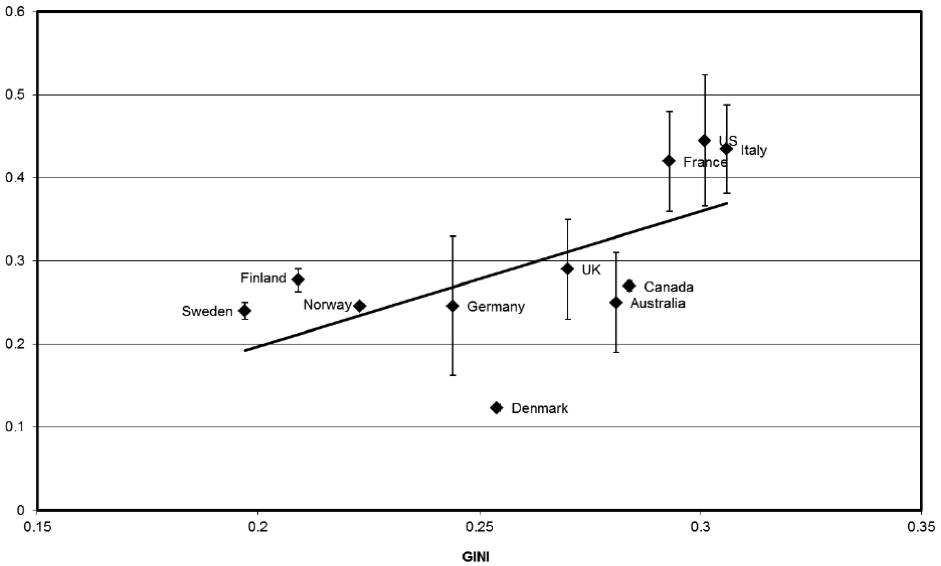In Defence of OFSTED
By Blog Editor, IOE Digital, on 3 February 2014
Chris Husbands
No-one likes inspectors. The Daily Telegraph reports that TV licence inspectors are three times more likely to be attacked by angry householders than by angry dogs. In Montana, a furious meat processing company owner launched a physical assault on the food safety inspectors who had described his plant as “putrid”. RSPCA inspectors were assaulted almost 250 times in one calendar year. So Michael Wilshaw perhaps has some way to go as criticism appears to come not only from schoolteachers but – strenuously denied – unnamed briefers in the Department for Education, criticism which, he said, left him “spitting blood”.
School inspection in England has a long history. Her Majesty’s Inspectors were established in 1839, and the nineteenth century reports of inspectors remain as invaluable a source on nineteenth century education as the reports of factory inspectors on working conditions. HMI developed world-renowned expertise in inspection, though their principal role was to provide information and advice to ministers: it was calculated in the 1980s that at the then current rate of progress, each school could expect to be inspected once every 250 years.
HMI was transformed in 1991. OFSTED was established. Every school was to be inspected on a four yearly cycle and – a critical development – the inspection handbook, which had hitherto been a closely guarded secret, was published as the framework for school inspection. Inspection arrangements, managed by OFSTED and overseen by HMI, were contracted out. The framework has been revised regularly since 1991, and the inspection cycle has been varied, but the principle remains the same: regular inspection based on published criteria. Other countries have also developed inspectorates, and Melanie Ehren from the IOE is leading a cross-national study.
There is little doubt that the twin measures of regular inspection and published criteria have exercised enormous influence on the system, and mostly for good. One of OFSTED’s early straplines was “improvement through inspection”, and the key idea of examining the performance of all schools on the same basis is one, albeit only one, of the measures which have helped to raise expectations of what is possible, of what schools can achieve.
The problems for OFSTED have often been not the inspection framework, nor the principle of judgements: all the research on education assessment and evaluation is clear that evaluative judgements based on public criteria matter. Instead, there have been concerns about variability in the quality of inspection teams, about the reliability of their judgements, about the interaction between a public inspection regime and an ever-tighter accountability framework, and the very serious challenges of sustaining improvement in the most challenging of schools: “improvement through inspection” is a good mantra, but has proved far more difficult to demonstrate in practice. Rob Coe from Durham University has identified the problems for OFSTED: inadequate training in classroom observation produces unreliable judgements about quality, and poor ability to interpret complex data makes it difficult for many teams to contextualise what they see. In a high stakes environment, these weaknesses have profound consequences.
In all this, the issue is, perhaps, less inspection than the weight which is hung on it: as Melanie Ehren’s project is telling us, inspectorates can work in very different ways. As the reported disagreements between the Department for Education and first the Chief Inspector of Schools and now the Chair of OFSTED suggest, inspection is extremely important. It shapes the way governments, practitioners and the public think about the school system. There are some tough lessons from the history of inspection: there are always tensions between inspectors and policy makers; inspection judgements need to be nuanced as well as incisive; there are always limits to what inspection can do; inspectors stand in the perpetual militarized zone between those who would centralise education and those who would decentralise it. In practice, OFSTED really owns only one asset: its evidence base, still the most comprehensive and thorough evidence base on what happens in classrooms anywhere in the world. It is what makes OFSTED important and relevant, however uncomfortable its findings may sometimes be to read. The independence and integrity of the evidence base are of critical importance. It has been, and remains, a precious commodity in English education.
 Close
Close




